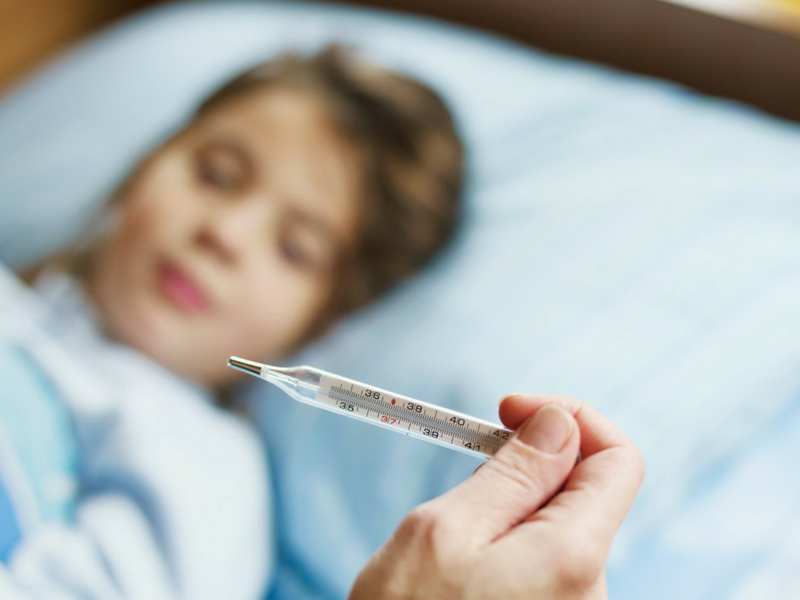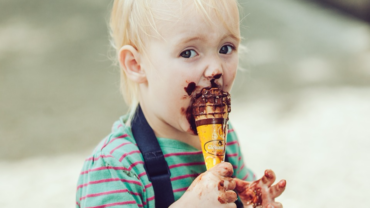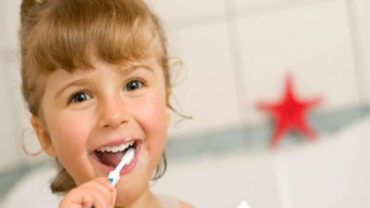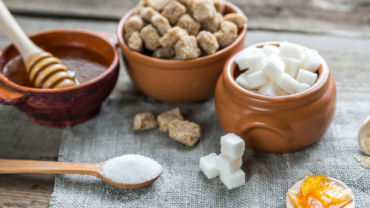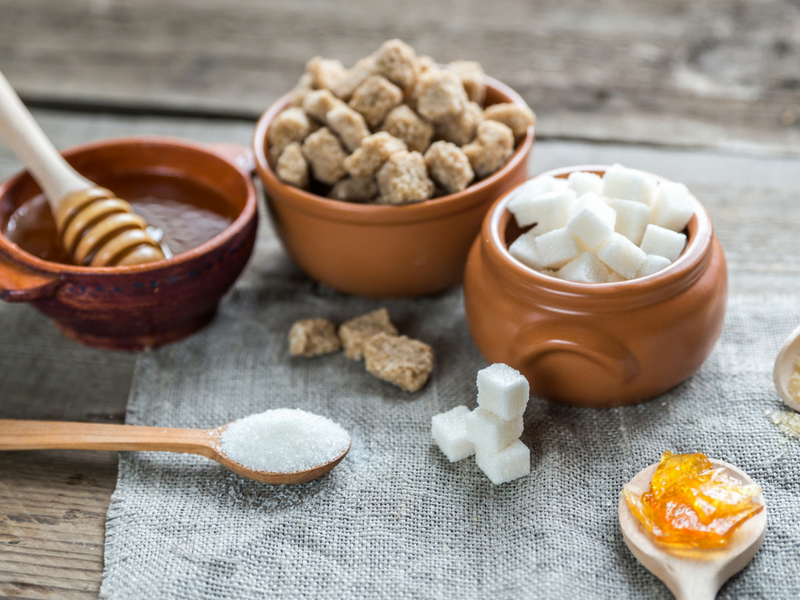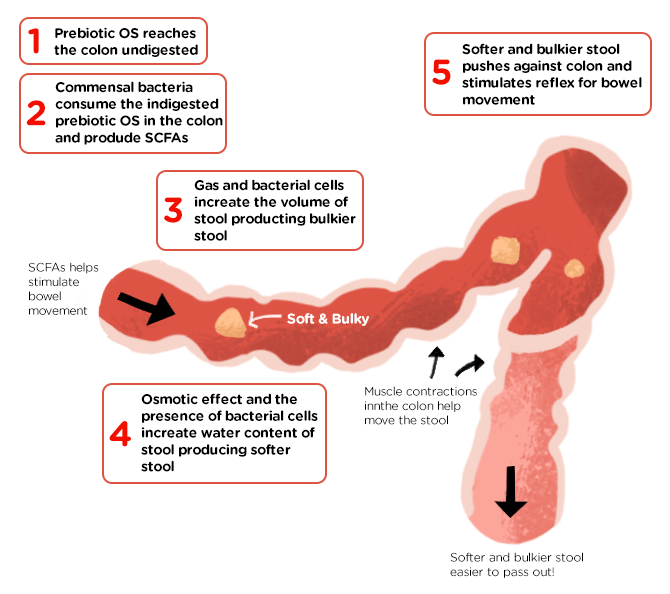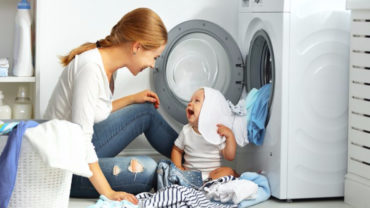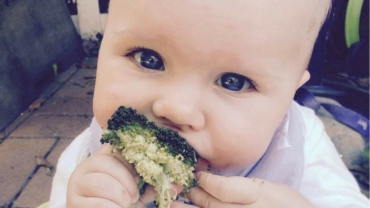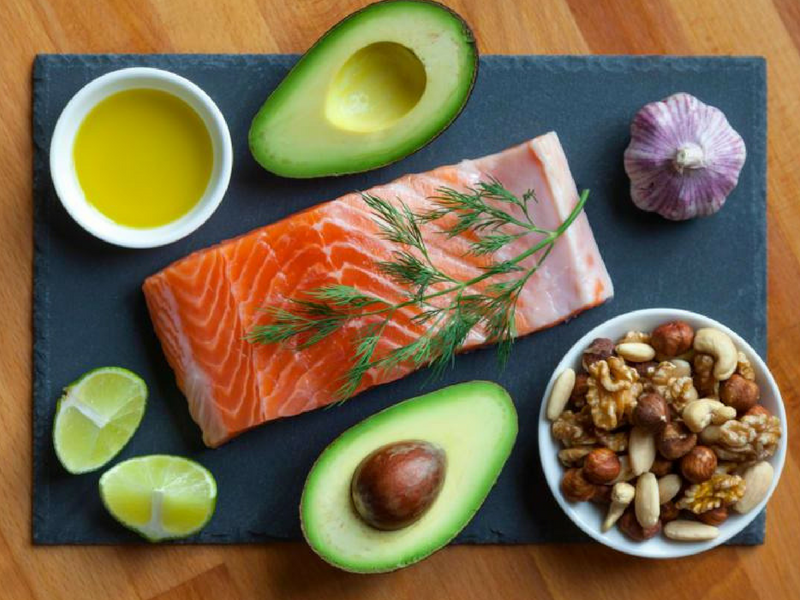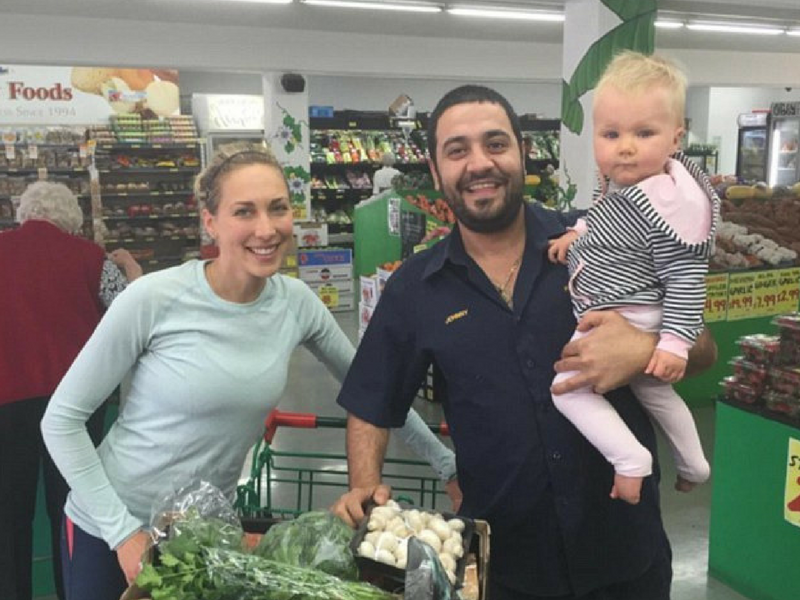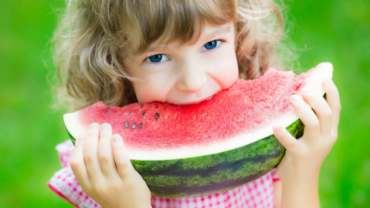Via Today’s Parent: Here’s the formula for how to raise a healthy kid
Ever wished there was a formula for raising a healthy kid? It finally exists. A new set of guidelines plot out exactly how long young kids should be active, sleeping and sedentary for optimal healthy development. What could be easier, right? Well, there’s still the matter of getting your kid to comply, but here’s the rundown on the goals you should be aiming for, according to the Canadian 24-Hour Movement Guidelines for the Early Years.
If your kid is under a year, they should be:
- Active several times through the day, with 30 minutes of tummy time before they’re mobile.
- Sleeping 14 to 17 hours (when they’re zero to three months) or 12 to 16 hours (when they’re four to 11 months).
- Restrained in a stroller or high chair for no more than an hour at a time. (It’s hard to qualify what time is spent being sedentary for babies, especially because they spend so much time fading in and out of sleep at the start, but screens should generally be off limits at this age.)
If your kid is one to two years old, they should be:
- Active for three hours throughout the day (whether climbing a jungle gym at the park, toddling behind you as you do laundry or chasing a pet around the house).
- Sleeping for 11 to 14 hours, including naps. And by now, they should have a fairly consistent bedtime and wake-up time.
- Restrained in their car seat or stroller for no more than an hour at a time. Kids at this age should still not be having sedentary time with screens, but if they do, keep it under an hour. Toddlers shouldn’t be sitting for long stretches, but when they are, make the time interactive by reading a story or playing a game together.
If your kid is three to four years old, they should be:
- Active for three hours throughout the day—and at least an hour of that should be energetic play.
- Sleeping for 10 to 13 hours, with a regular bedtime and wake-up. For some kids, this may include a nap.
- Restrained for no more than an hour at a time, and watching screens for no more than an hour total. Preschoolers really shouldn’t be sitting still for extended periods, so try to keep them busy and engage with them by doing something interactive during those times that they are sedentary.
Have an older kid? Check out the Canadian 24-Hour Movement Guidelines for Children and Youth, which came out last year.
If your kid’s day doesn’t quite measure up, you’re not alone: Only about 13 percent of preschoolers’ days follow this pattern.
Just who’s behind these new rules? The Canadian Society for Exercise Physiology teamed up with the Faculty of Physical Education and Recreation at the University of Alberta, the Public Health Agency of Canada and ParticipACTION to create the guidelines, which aim to bring a lot of existing data and guidelines on sleep, screen time and physical activity together. It makes sense, because all of these activities are connected. For instance, research shows that extra screen time, particularly before bed, can interfere with kids’ sleep.
The good news is that this means making small changes—like replacing a bit of their sedentary time with active play—can go further because there are indirect effects. Exercising more through the day will help them sleep better at night. And who knows, that additional sleep might give them the extra energy they need to run around outside longer the next day. So if you haven’t nailed the formula yet, just take it one step at a time.





